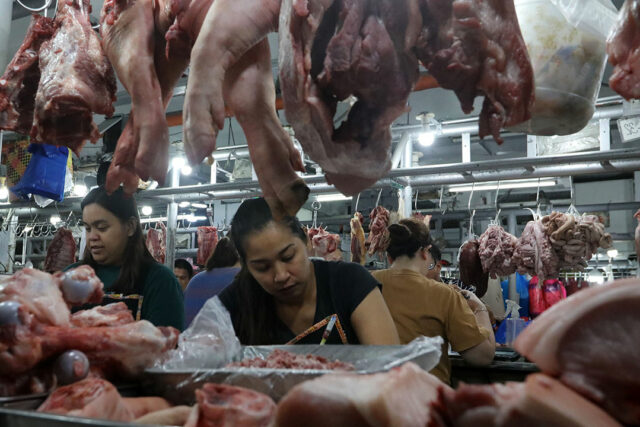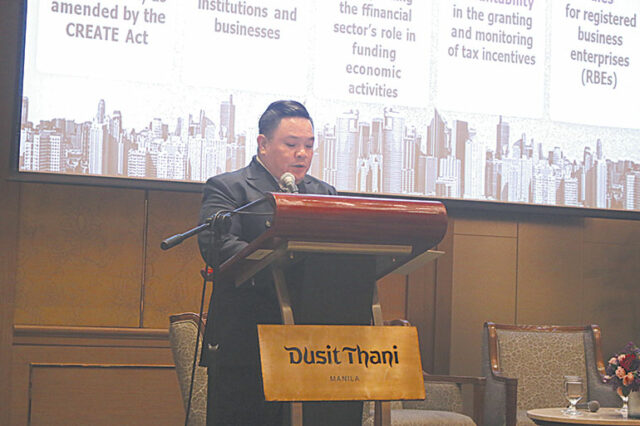Huawei Band 10 Review: an affordable health and well-being device
Note: This device was used by a legitimate person with disability (PWD). For her privacy, she has requested that her real name is not used.
Around 15 years ago, fitness trackers were the pioneers in the smartwatch space, then offering basic step counting and activity tracking.
As technology advanced, smartwatches have begun to come with more advanced health and fitness features, as well as connectivity and communication tools. Now, smartwatches are well sought after by tech, fitness, and fashion enthusiasts alike.
With more sophisticated features, comes a higher price tag, which make smartwatches an afterthought for people dealing with medical conditions on a daily basis.
Rose, 40, has been living with lupus for the past 17 years. Her condition frequently impacts her daily life significantly.
“I never really thought about buying a smartwatch. I have to prioritize my medicine,” she said.
The demands of her profession, combined with the concerns stemming from her lupus, leave her with little time to explore other interests. With the high cost of her medication, gadgets are often not on her shopping list.
BusinessWorld received a Huawei Band 10 for review purposes, and with the device’s affordability, and focus on health and wellness, Ms. Rose was asked to try it out and share her feedback.

Technical Specifications
The Huawei Band 10 is small but has an AMOLED display that offers sharp and vibrant visuals.
Connectivity is smooth with iOS (13.0 and above) and Android (9.0 or later) with the Band 10’s support for Bluetooth 5.0 and Wi-Fi.
The battery life of the Band 10 makes it quite convenient and efficient. The device can fully recharge in about 50 minutes, and can last two weeks on a single charge.
“I used it for three days and I didn’t need to charge it. I was worried that I would need to hook it up frequently,” Ms. Rose said.
Physical Attributes

The Band 10 stands out with its ultra-slim design, measuring only 8.99mm thick and weighing 15g for the aluminum alloy variant or 14g for the polymer plastic model.
Its strap is soft and comfortable, making it ideal for all-day wear. Available in an array of colors, including purple, pink, blue, and luminous green, the device combines style with functionality.
“I’m not really a watch person. Actually, I don’t really wear too many accessories, but this is comfortable and light,” Ms. Rose commented.
Features
The Huawei Band 10 is a powerhouse of health and fitness features. It offers comprehensive health tracking, including heart rate monitoring, SpO2 tracking, sleep monitoring, and stress tracking.
The emotional well-being assistant utilizes heart rate variability data to monitor mood and provide useful insights.

“I particularly found the emotional well-being feature to be quite useful. I have a lot of stress from work and my lupus that this helps remind me to just inhale and exhale,” Ms. Rose said.
For people who have a more active lifestyle, the Band 10 offers over 100 workout modes for a wide range of fitness activities.
It also offers real-time workout guidance and post-workout analysis to help you enhance your training.
The Band 10’s advanced sleep monitor delivers comprehensive insights into sleep patterns and quality, covering stages such as deep sleep, light sleep, and REM.
“The sleep monitor is also quite useful. I find that being able to check the amount of rest I get is critical to keeping my illness at bay,” Ms. Rose said.

Customization
With over 700 watch faces and customizable widgets, users can tailor-fit their experience with the Band 10 to suit their preferences.
“Being able to change watch faces has become a stress reliever. Changing the way it looks makes me look forward to something new,” Ms. Rose said in an amused tone.
User Suitability
The Huawei Band 10 serves as a versatile and essential tool for a wide variety of users, offering crucial health and fitness features in a sleek and stylish design.
Its lightweight and comfortable design would certainly be appreciated by fitness enthusiasts, along with its various workout modes.
 But for this review, the Band 10 posed especially beneficial for those with health conditions that need to keep track of their health and stress levels.
But for this review, the Band 10 posed especially beneficial for those with health conditions that need to keep track of their health and stress levels.
“Before I had to rely on several other medical devices just to check how I am. But with this device, I just have to look at my wrist and have an overview of my health and wellness,” Ms. Rose said.
With its affordable price, the Huawei Band 10 is accessible to those on tight budgets due to medical expenses. It provides excellent value for money with its extensive features and high-quality build. – Jino Nicolas, BusinessWorld







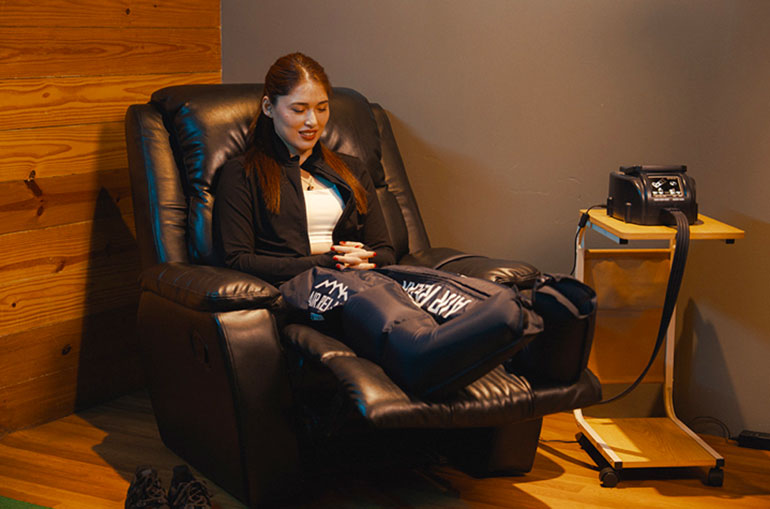 As a busy mom and a woman her age, Kylie says that her drive to regain overall strength is for her kids and for her self-esteem. “
As a busy mom and a woman her age, Kylie says that her drive to regain overall strength is for her kids and for her self-esteem. “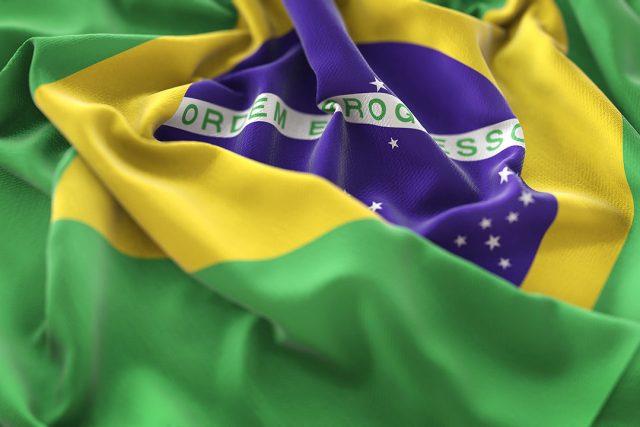
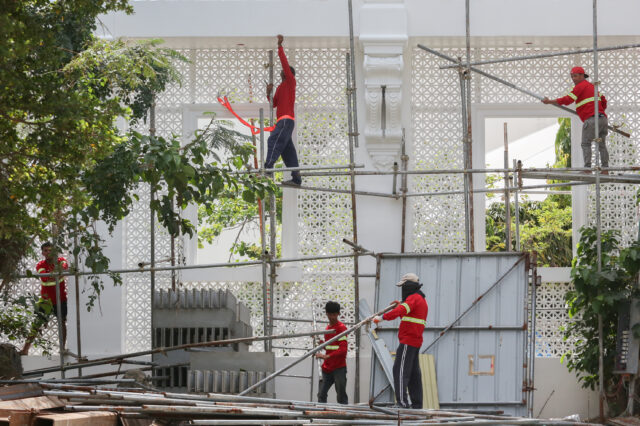
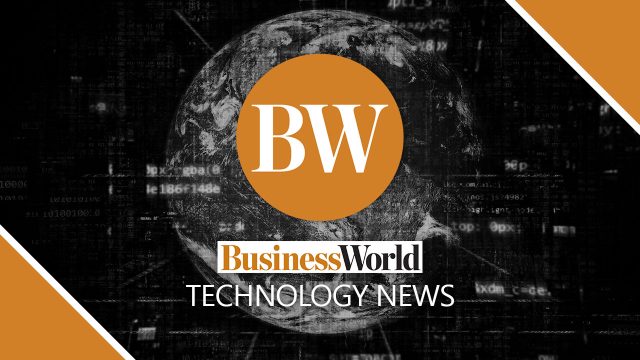


 Empowering women in the industry
Empowering women in the industry A step change in marketing and advertising
A step change in marketing and advertising





